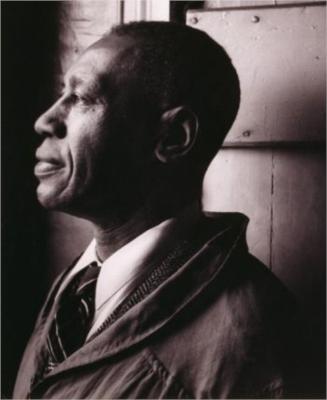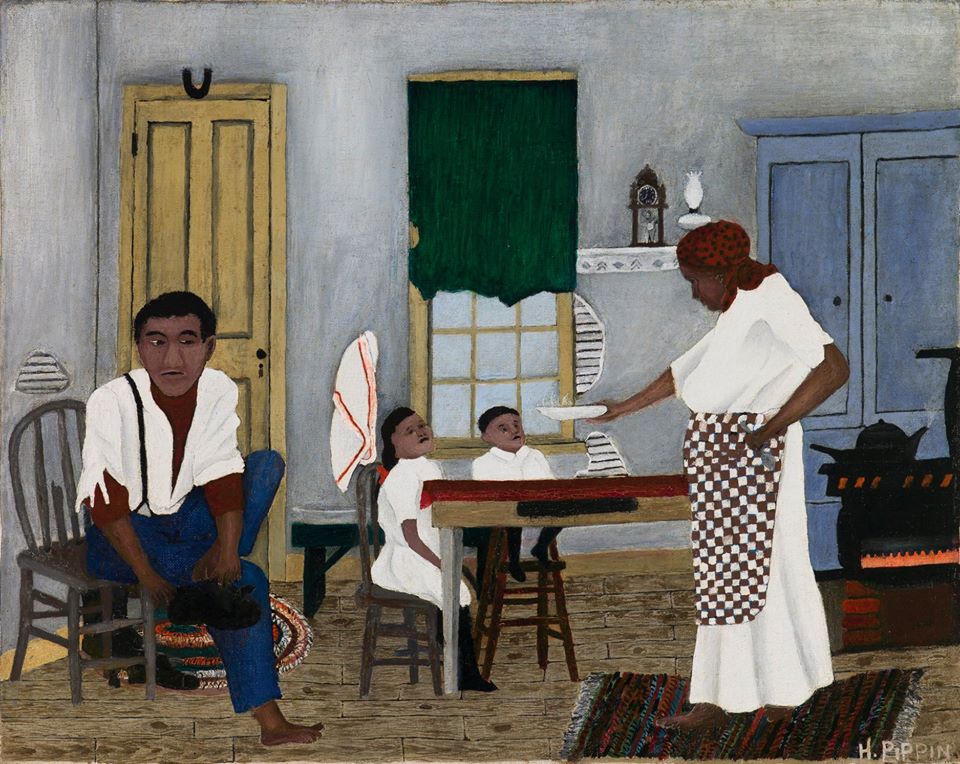Misplaced by History: Artists Worth Knowing, No. 3
African-American artist Horace Pippin (1881-1946) was a self-taught artist known for his poetic paintings of flowers, genre scenes, and historical events such as the hanging of the abolitionist John Brown.
As a child, Pippin liked to draw but his family could not afford art materials. He left school at age fourteen to support his family, working as a hotel porter and an iron molder in a factory. Shot by a sniper while serving in World War I, the artist’s right arm was permanently disabled. On his return to the United States, he settled in Pennsylvania where he supported his family on the income from odd jobs and his military pension.
At the age of forty Pippin found a way, despite his partially paralyzed right arm, to draw on wood using a hot poker, then painting in the outlined areas. Wishing to explore other mediums, Pippin tried oil painting. He used his “good” left hand to guide his crippled right hand, which held the paintbrush, across the canvas. It took him three years to finish his first painting. Later, once he began painting more steadily, he was able to produce about four paintings a year.
Pippin created a number of eloquent antiwar paintings, however. his most frequent themes centered on the African American experience and his childhood. He also painted biblical scenes and portraits. The art world discovered Pippin in 1937, and his works were widely exhibited at institutions throughout the country and brought him wide acclaim. Reflected Pippin on his work, “My opinion of art is that a man should have love for it, because my idea is that he paints from his heart and mind.”
Today, Horace Pippin’s works are in the collections of the National Gallery of Art in Washington, D.C., the Art Institute of Chicago, and The Museum of Modern Art in New York, among others.



